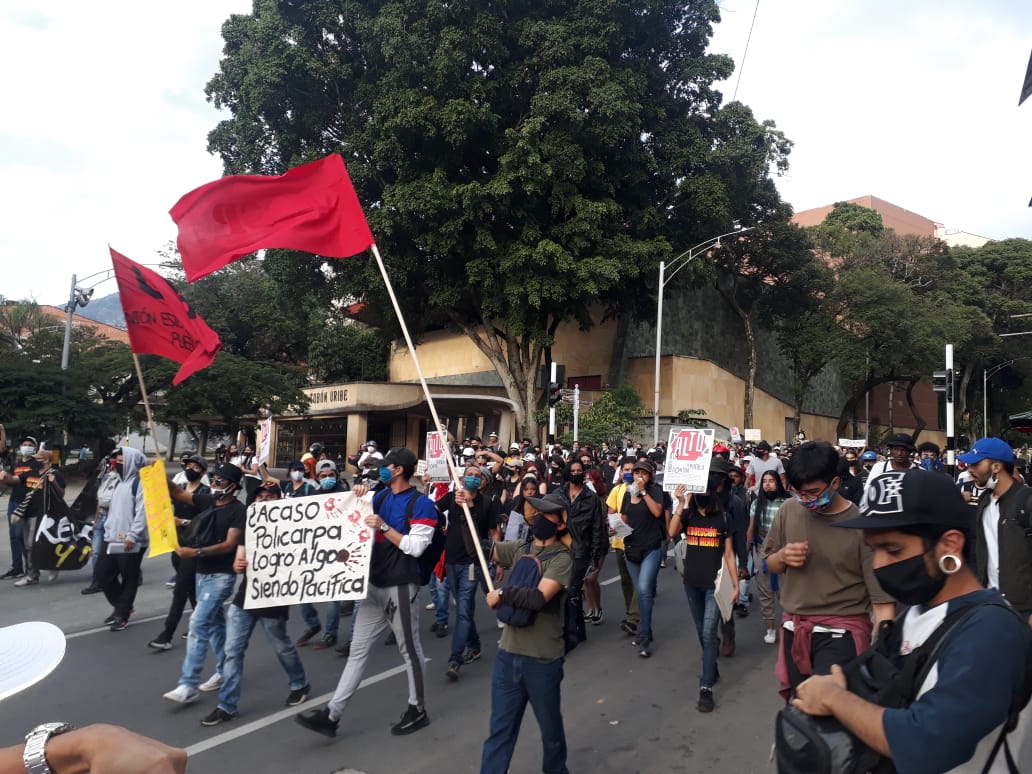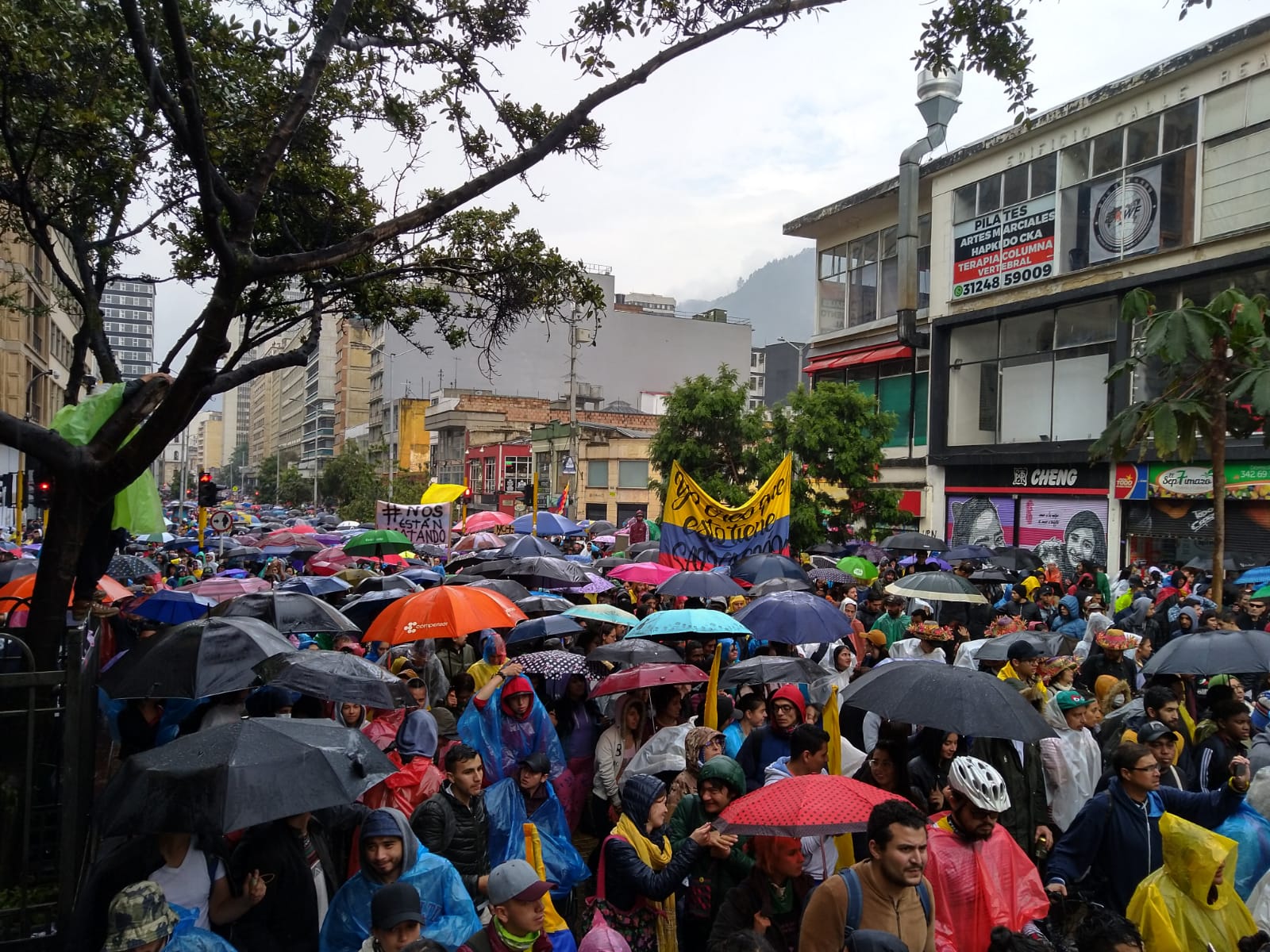Colombia’s biggest party is winding down in Barranquilla. But in a sleepy pueblo on the outskirts of the Caribbean city, the carnival work never stops. Nine siblings are hard at work, carving and painting the wooden masks which characterise the festival – elaborate animal heads in many stages of life and colour.
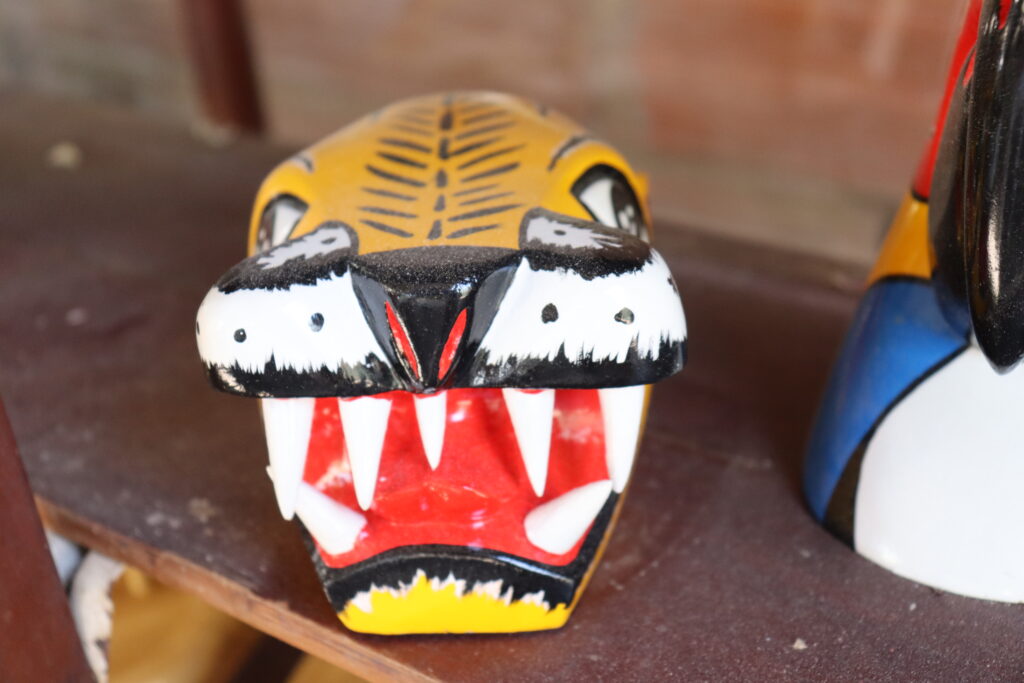
The famous parades of Barranquilla’s Carnival are defined by their masks: hundreds of dancers swirl down the hot streets of Barranquilla – snarling tigers, colourful donkeys, and bulls with ribbons flowing from their horns.
“Galapa is the birthplace of masks in Colombia – it’s a cultural epicentre,” explains Brenda. Gapala is a small, dusty village famous for its woodworking. On its eastern edge, the Armocana workshop is nestled.
As soon as Brenda opens the door, the sweet and rich smell hits. It’s the smell of red ceiba wood, wafting through the house from the workshop, floating past a black and white cat, small but heavily pregnant, dozing on a worktop in a bright patch of sunlight.
“Our work gives a message to the world: Barranquilla Carnival is joy. It allows us to show everything that we are – everyone brings something beautiful to it. It’s love and passion and happiness,” explains Brenda. It’s more than simply joy: it’s like therapy for the senses, she continues. “The spectacle, the colours, and the movement– all of it alleviates stress and monotony.”
The airy workshop is piled high with curled wood chips and pieces of bark lying at the feet of whizzing machines and saws. There’s Colombian vallenato music in the air, thumping from a huge speaker system outside a shop opposite the house.
Brenda de la Cruz and her eight siblings are the third generation working in this workshop, and they won’t be the last. A number of Brenda’s brothers, dusty, slide past me as I admire the perfect circles of rough bark stripped off the trunks, leaving only the pale soft-looking wood inside.
The blocks of wood are carried just around the corner, where their identity starts to emerge. Kalill picks up his machete and swipes at a block, cutting an edge off a rounded ear: a tiger is coming.
These masks are more than costume
The masks are not just for costume: they are totemic. According to tradition, they offer a way to commune with the natural world, embodying the bravery of the bull, the courage of the tiger, the strength of the donkey.
With these masks, what is on show is much more important than what is hidden. They represent Colombia’s most marginalised and endangered cultures, particularly indigenous and Afro Colombian traditions. Many keep masks in their homes or hung on walls. They are an emblem of the mix of heritage and history in the area, as well as a symbol of regional pride.
“It’s a privilege to carry all this knowledge, which I’ve absorbed from my father and from his father,” says Kalill, gently hacking at the block. Kalill’s wooden block has no markings on it and there’s no template to be seen. He started woodworking with his father at nine years old. Now, with 15 years of work under his belt, he can see the tiger’s head without instructions, lying in wait inside the wood.
“I am proud to make a contribution to our culture, and form a part of it too. It brings me closer to my culture, by means of what I express through this art – through these masks. Few people do this work, and nowhere else in the world are these made,” smiles Kalill.
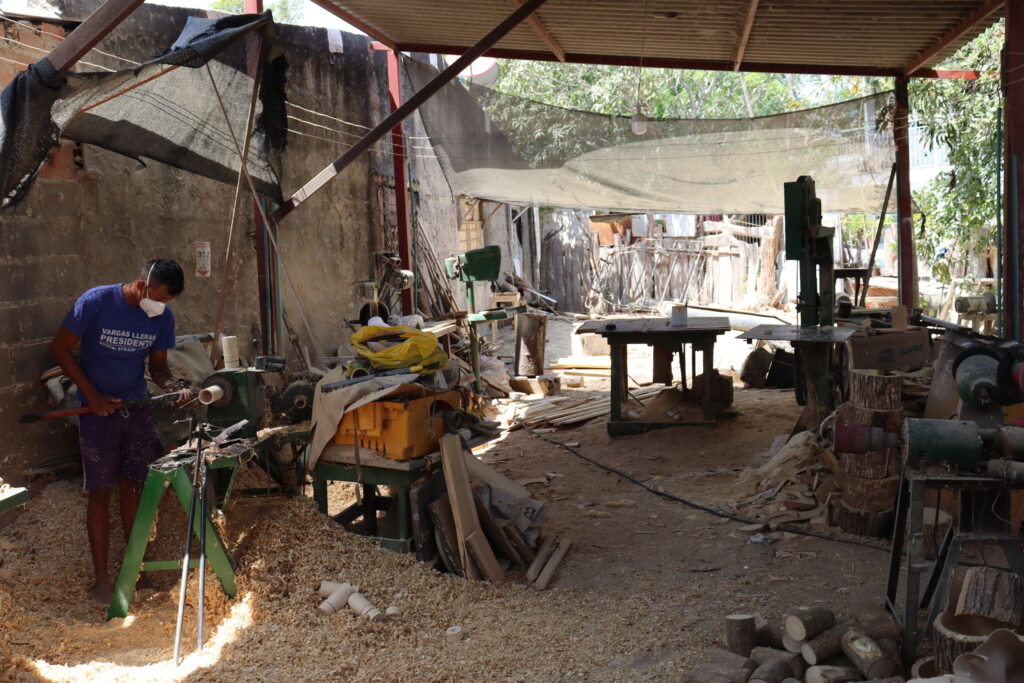
But it’ll take the whole de la Cruz family to free the animal from the wooden block; each family member specialises in one stage of creation. The wood is passed from Kalill with his machete all the way down to Brenda. She finely paints the masks once they have been cut, whittled, filed, and smoothed by other family members.
“I feel fulfilled that my generation has passed this process down. It’s not just a culture and an art, it’s also a way of life – and it brings income to our home and our whole family,” says Jaime – Brenda and Kalill’s father.
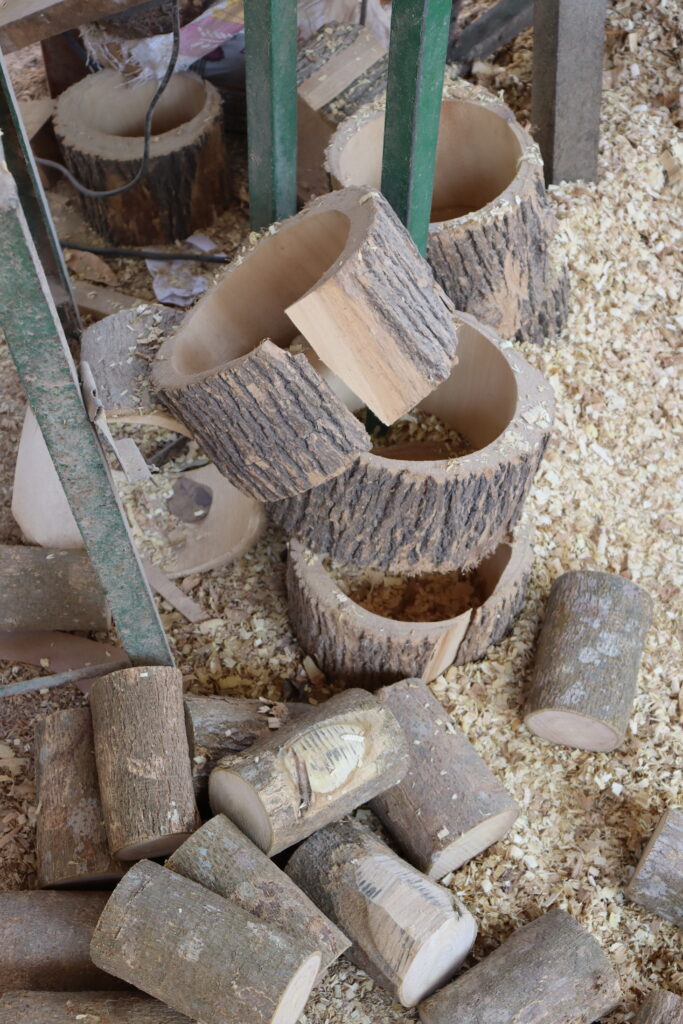
The masks are like the faces of the De La Cruz family, or any other. They share characteristics, but each is totally and unmistakably unique. “Even in this pueblo each workshop has a different style – even among my own children. Their bull will never be the same as my bull, each has their style,” explains Jaime.
The tradition has its roots in West Africa. During the slaving period of Spanish colonial rule, the culture of those trafficked was under attack and at threat of intentional elimination by colonial rule. The masks reasserted a cultural heritage – a form of resistance, memory, and self-recognition.
The masks gradually took on the influence of indigenous groups and communities living on the River Magdalena. Some were made from local animals like the donkey, and birds and monkeys from Colombia’s Atlantic coastal region.
Changing the narrative
As well as being a cultural heritage and an art form, the masks are a medium to tell a new story about Colombia after half a century of conflict and a historic reputation for being a narcostate.
Carnival and its artisanry offers a different narrative: an older, richer story of Colombia and its people. “Drugs have won us mala fama – a bad reputation – but Colombia is much more than that: we aren’t a drug nation. We have beautiful places. We are culture, tradition, music, and art,” says Jaime.
“This work is a part of the peace process. We also bring work to vulnerable people and families in the community – we train and employ vulnerable women and recovering addicts. We are contributing to peace,” affirms Jaime.
Beside the workshop is a room packed full of finished pieces – masks of wood and paper-maché and wooden animal figures of all sizes and forms. A bull’s head the size of a thumbnail – perfectly painted with a brush so fine that you can count the fibres – sits fearlessly next to a tiger’s head, so huge that I needed help to lift it and stare into its impressive jaws.
All three generations, and centuries of tradition behind them, are represented at the workshop, and on the buzzing streets of Barranquilla’s Carnival too. It’s four generations if you count the tiny toddler playing with a book at the feet of her great-grandfather’s rocking chair – though she hasn’t picked up a paintbrush just yet.
Emily Hart is an independent journalist based in Colombia – she has written for The Times, TheTelegraph, Pitchfork, Dazed etc. She runs a weekly news digest: Colombia’s top news stories in English – curated, digested, and delivered straight to your phone every Monday as a 5-minute audio and text. Sign up here for $5 per month!

